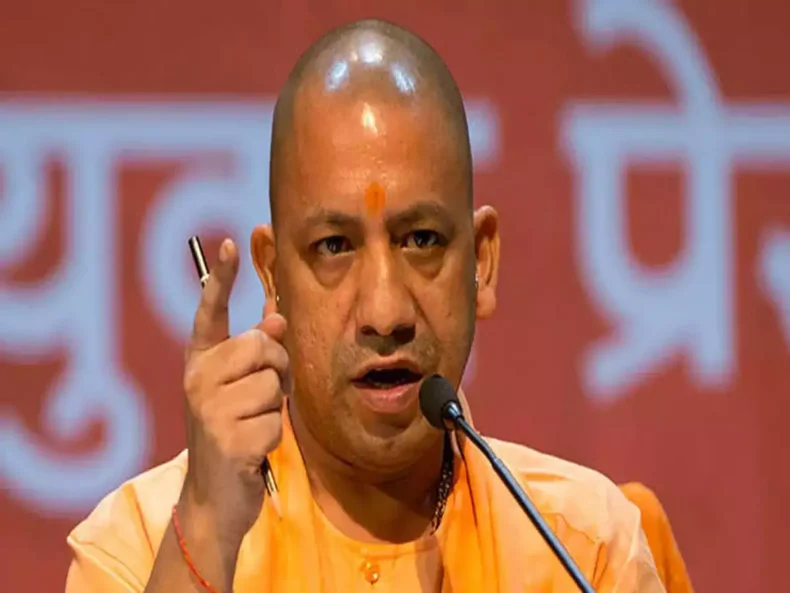Uttar Pradesh has the highest population and has been a game-changer in politics as it is most of the deciding factor, which party would lead India. Assembly elections’ poll in Uttar Pradesh started on 10th February 2022 and would be completed on 10th March 2022.
On 10th February, people voted in 11 districts for 58 seats in the first phase elections.
Although current Chief Minister Yogi Adityanath will strive to keep power, competing parties like the Congress, Samajwadi Party (SP), and Bahujan Samaj Party (BSP) are also vying for it.
At the time of the election campaign, each party in Uttar Pradesh made a variety of promises while also discussing numerous socioeconomic factors to emphasize the work accomplished during Adityanath’s term.
Following is the data to look at how BJP has performed in the last few years in Uttar Pradesh and a comparison between BJP and SP.
1. Gross State Domestic Product
Under Yogi’s tenure as the CM, UP has witnessed Rs 1,05,774,712 lakh for 2017-2018. The numbers increased to Rs 1,16,681,747 in the year 2019-2020. However, due to the Covid- 19 pandemic, the numbers saw a fall and the GSDP for the year 2020-21was Rs. 1,09,262,381 lakhs.
In the Yogi government’s tenure, Uttar Pradesh saw a growth rate of 2% on a per year basis, between 2017 to 21. At the same time, the percentage during SP’s tenure was slightly more than 6% from 2012 to 2017.
2. Unemployment Data in Uttar Pradesh
In 2016, during the tenure of SP, the unemployment rate was 17%. Still, the percentage did fall rapidly to 3.7% by January 2017, before the BJP government’s rule in UP, as per the Centre for Monitoring Indian Economy.
According to data compiled by NSO, UP’s urban area saw a significant unemployment rate in the year 2018. As per CMIE statistics, unemployment in the state rose to 21.5 per cent during the first lockdown, in April 2020, due to the pandemic.
3. Crime in Uttar Pradesh
According to the National Criminal Records Bureau data, the number of cases lodged under various crimes in Uttar Pradesh has increased during the present BJP government compared to the previous administration.
However, the number of cases registered for crime against women fell in 2020, but the numbers rose post-2017. The decline might be linked to the countrywide lockdown imposed due to the COVID-19 outbreak.
However, the number of serious crimes such as rape, kidnapping, murder and abduction, on the other hand, has witnessed a significant reduction. In 2020, the state saw 12,714 cases of crimes against lower castes
4. Infant Mortality and Life Expectancy
Infant Mortality Rate means the number of deaths per thousand live births under the age of one, and the same is reflective of a geography’s environmental, social and economic conditions.
The IMR for Uttar Pradesh is higher than that of the nation, numbering 50.4, as per the National Family Health Survey data. However, the numbers have fallen rapidly since 2015-16 when 63.5.
In 2016, IMR was 43, which is high but relatively low compared to 2012, when the rate was 53.
Life Expectancy has not seen any unexpected rise or fall; instead, it has remained constant with minor fluctuations from tenure to tenure. The life expectancy rate in 2011-15 was 64.5 years, while it rose to 65.3 in 2014-18.
Nonetheless, the state’s numbers remain low compared to the national average, that was, 68.3 years between 2011-15 and 69.4 years from 2014-18.
5. Business
Ease of doing business is yet another determinant, and the rankings saw an improvement in 2019 when it ranked two compared to 2017 when it ranked 12.
Edited by- Kritika
Published by- Radhika. N













